Fire, Ice, and Penguins??!!
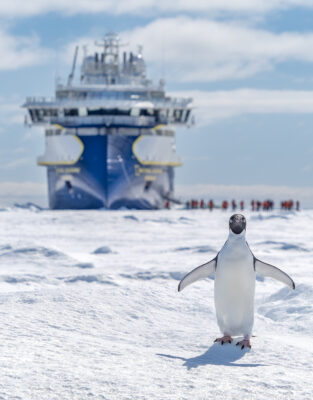
Olympus E-M1X, 12-100mm F4
I recently returned from a fantastic photo (and life) event: three weeks as the National Geographic Photography Expert/Lecturer on one of their Expedition ships. Three weeks in Antarctica, South Georgia & the Falklands (Islas Malvinas).
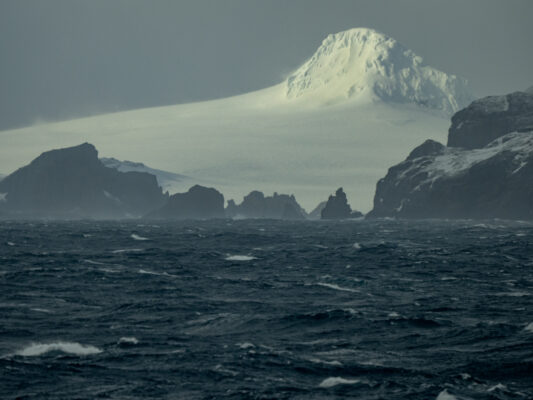
Olympus E-M1X, M.Zuiko 40-150mm F2.8 w/MC-20
There’s an old saying that one goes to Antarctica for the penguins, then stays (and returns) for the ice. Quite true, and a place that has additional characters beyond those incredible, lovable, and comical penguins, including Leopard seals, Elephant seals, Fur seals, the list does go far beyond the most popular star, the penguins.
South Georgia, a 1 ½ day sail across the Southern Ocean, from the Antarctic Peninsula to one of the most remote island groups in the world, reveals a stunning landscape of majestic peaks fringed with massive penguin colonies. How can you photographically go wrong with that combination?
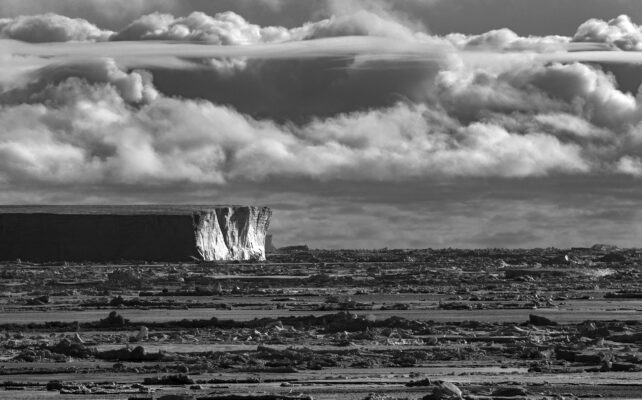
Olympus E-M1X, M.Zuiko 150-400mm F4.5
And the Falkland Islands (Islas Malvinas) are a place that never fails to provide stunning contrasts of the Tussock grasses, beautiful beaches, a landscape that reminds me of the Highlands of Scotland…and more penguin photographic possibilities if you’ve not had enough (and one never does). Add to that mix the world’s largest Black-browed albatross colony, found in the Falklands on Steeple Jason Island. The Falklands are beautiful.
Then, let’s go overboard and add two celestial events during my time there: First, an other-worldly lenticular cloud that turned a beautiful evening in South Georgia into a-stretching flow of incredible color and shape.
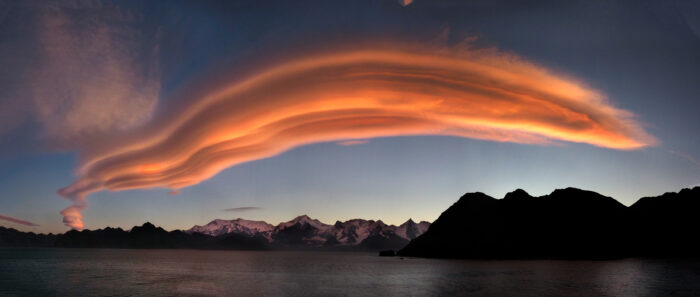
Composite of 6 images
The second, and maybe the ringer; a full solar eclipse that rose from below the horizon like an albino shark’s fin and provided a start-to-finish visual extravaganza before disappearing into the clouds that concluded the eclipse just as it finished its magic.
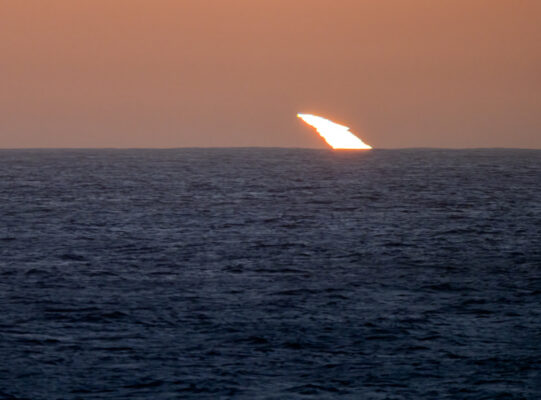
Olympus E-M1X, M./Zuiko 150-400mm f4.5
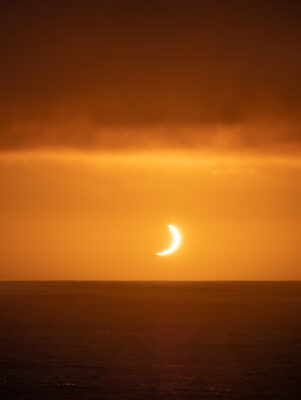
This series shot with Olympus E-M1X, M.Zuiko 150-300mm f4.5
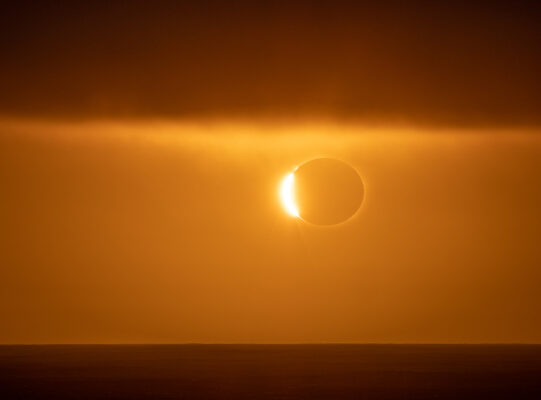
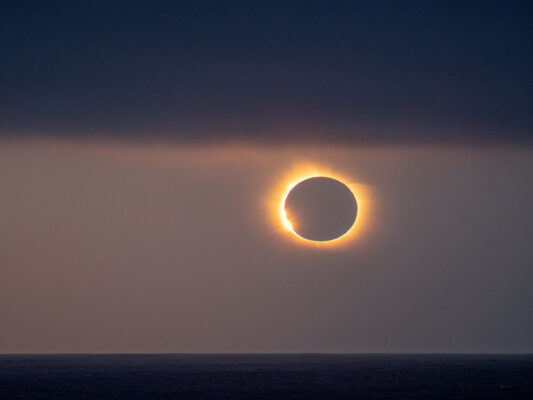
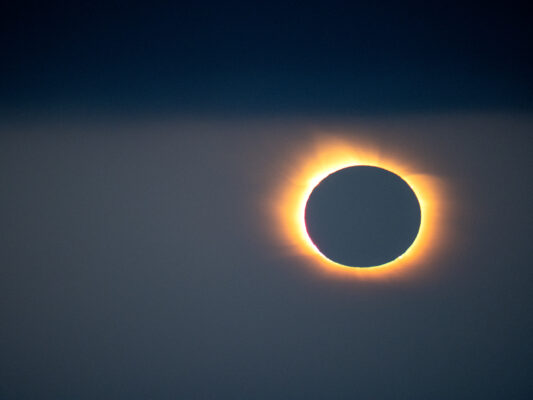
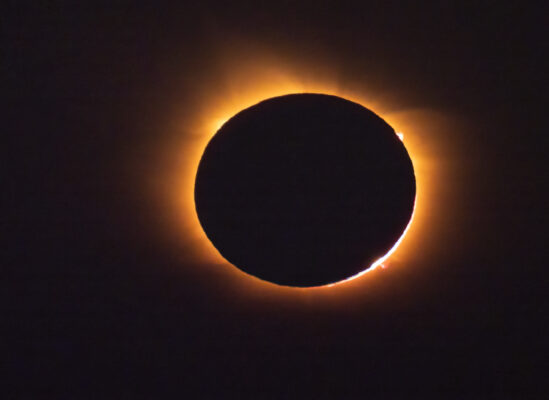
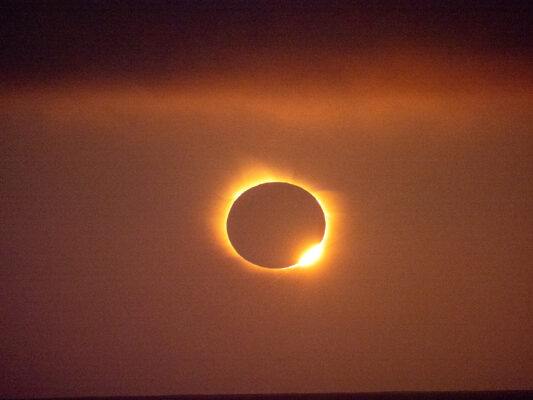
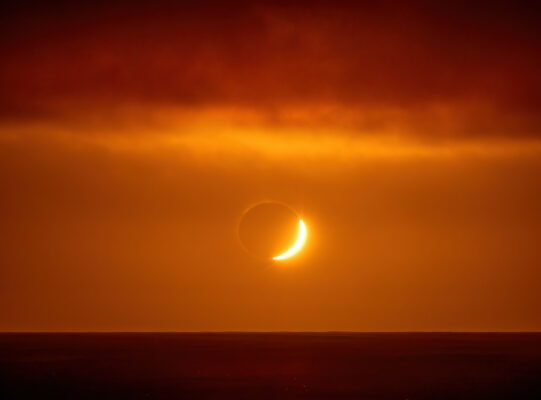
Having a concentration of great wildlife and landscape opportunities can be almost overwhelming: I think the photographer’s task is to make sense out of chaos (such as a million penguins in one spot!) or to visually find & define the beauty in a location.
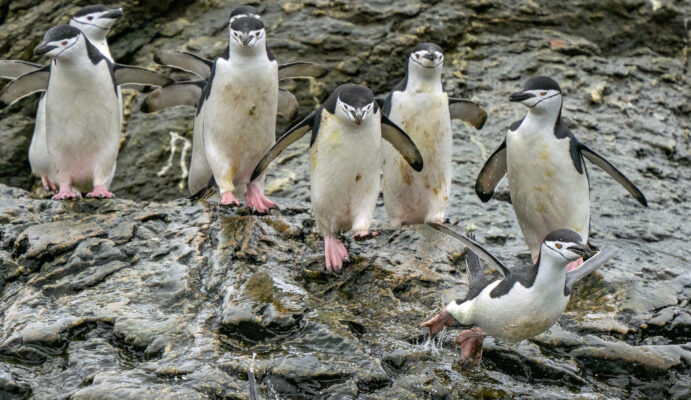
Olympus E-M1X, 15-400mm lens
I want to discuss equipment and the process of photographing the “Natural World.”
On this trip, and as a usual complement of my Olympus gear when traveling to wildlife-rich areas, here’s a list of what was in my roll-aboard I carry on the plane:
2-Olympus E-M1X camera bodies
1-E-M1 MkIII camera body
1-E-M1 MkII camera body.
I carry these bodies, as I like having one, dedicated camera on which I mount the M. Zuiko 150-400mm F4.5 This combo is my main wildlife (and some scenic’s) lens, a phenomenal lens that I’m looking forward to using in other critter-rich environments. Africa!!!
The second “X” I’ll use wth the M.Zuiko 12-100mm F4 PRO lens. So, between those two lenses, I have a reach of super-wide to super-telephoto, with C-AF TR with bird mode enabled.
Or, I’ll use the M.Zuiko 8-25mm F4 PRO lens on my second body, often with the M.Zuiko 40-150mm F2.8 PRO lens. It really depends on subject matter available.
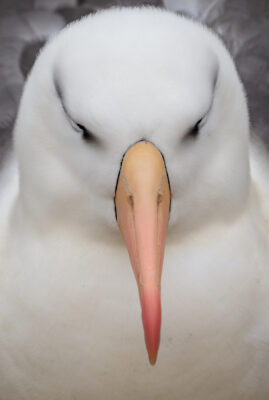
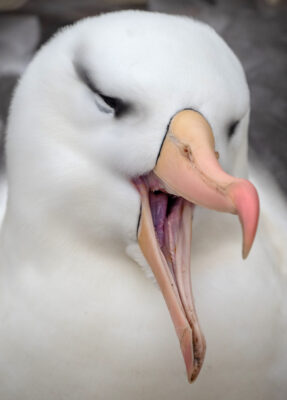
Olympus E-M1X M.Zuiko 150-400mm f4.5
On Expeditions which offer underwater possibilities, I also carry, in a separate, hard-shelled water-proof case, an Olympus PT-EP14 Underwater housing for an E-M1 MkII. I love using the M.Zuiko 7-14mm F2.8 PRO lens in this housing, as it gives me the really wide look, which can be critical when shooting in waters with less-than-stellar visibility. When shooting stills under water, the maximum distance you can effectively shoot is about 1/5th the distance you can see, so I like waiting until my subject is close to my housing. My travel case then becomes the safe place for my E-M1X and E-M1 MkII when traveling from ship to shore in a Zodiac raft, in often boisterous and wet conditions. This provides great and immediate protection for my gear as I can open it quickly, grab the camera for a photo opp, and put it back in for protection from waves that often come over the bow.
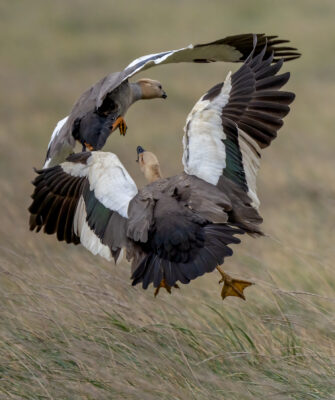
Olympus E-M1X M.Zuiko 150-400mm F4.5
Landscape and scenic, the equipment list may waver slightly. I’ll often use the E-M1X just in case the errant bird flies through the scene, always great to be ready! The E-M1 MkIII is also a great camera for these purposes, and I’ll throw in an additional couple of choices: If hiking or really wanting to reduce the amount of gear I’m carrying, I’ll often opt for the E-M5 MkIII and/or the E-M10 Mk IV. Both are a pleasure to carry in a backpack, and both still retain the incredible Olympus “look”. Lenses to match this “smaller is better” thinking include the series of f1.8 fixed lenses: the 17mm, 25mm, 25mm, and 75mm, and toss in there the 12mm f4 and you cover a TON of visual bases. Or, consider the 12-45mm f4 zoom. A favorite if I’m doing street photography and/or want to minimize my “visual presence.” If wanting a bit more reach, the 14mm-150mm f4-5.6, gives you just enough reach to consider for wildlife.
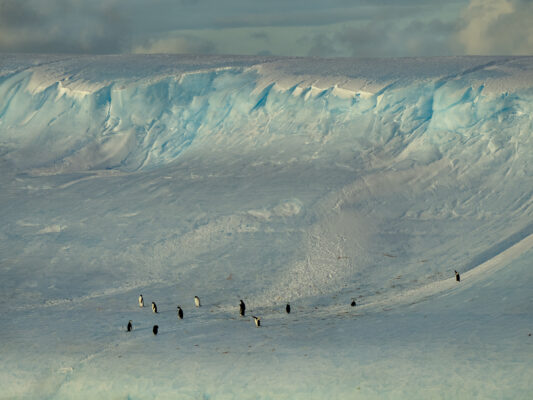
Olympus E-M1X M.Zuiko 150-400mm f4.5
In either of the above-mentioned lists, I always find space in my roll-aboard for one (or all, shoot-dependent) of the stellar Olympus PRO f1.2 lenses. Wonderful Bokeh, and incredibly, incredibly sharp.
So, I’ve gone over equipment for that outdoor world. I also carry a few filters with me: a warming polarizer (always purchase the filter larger than the largest diameter lens on which you expect to use it, I like using step-up rings so the filter can’t cause any vignetting) In my case, I also carry a Neutral Density Grad filter, for those occasions when the sky is simply top bright for any camera’s dynamic range to capture that extreme light.
I’ve included caption and camera info on each photograph.
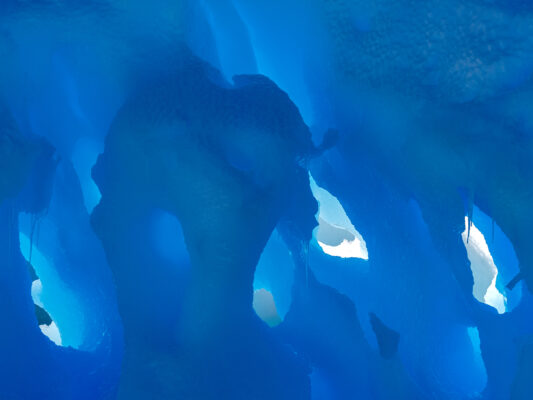
Olympus E-M1X 12-200mm f3.5-6.4
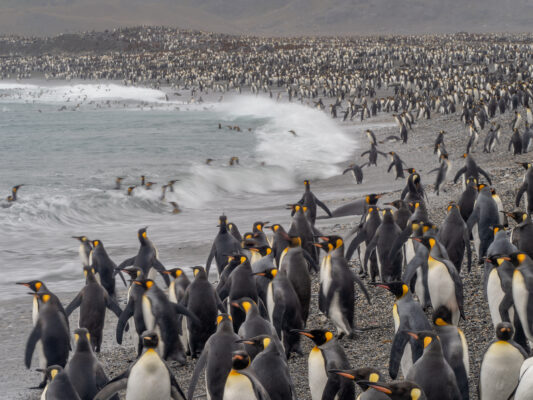
Olympus E-M1X M.Zuiko 150-400mm f4.5
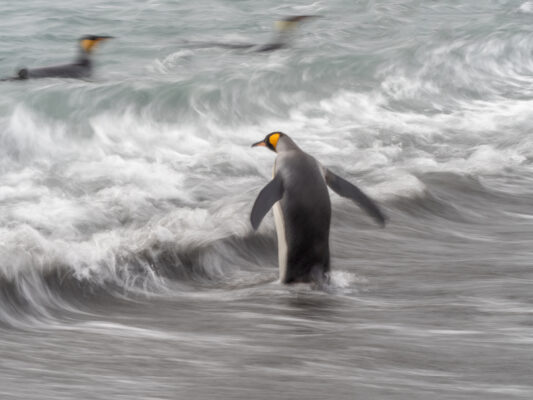
Olympus E-M1X M.Zuiko 150-400mm f4.5
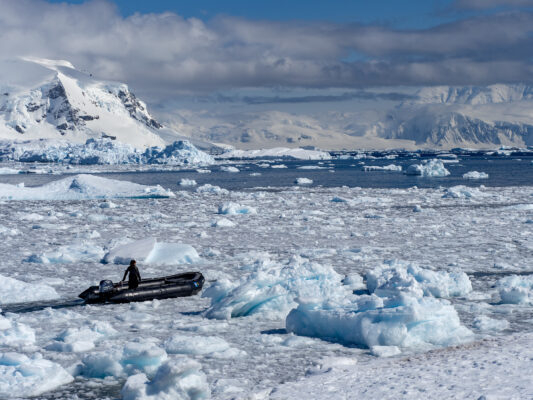
Olympus E-M1X M.Zuiko 12-100mm F4
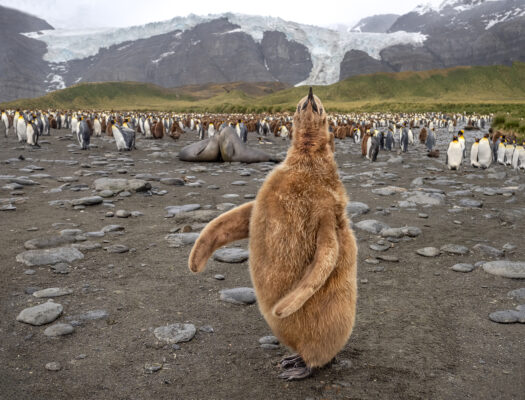
Olympus E-M1 MkIII M.Zuiko 8-25mm f4
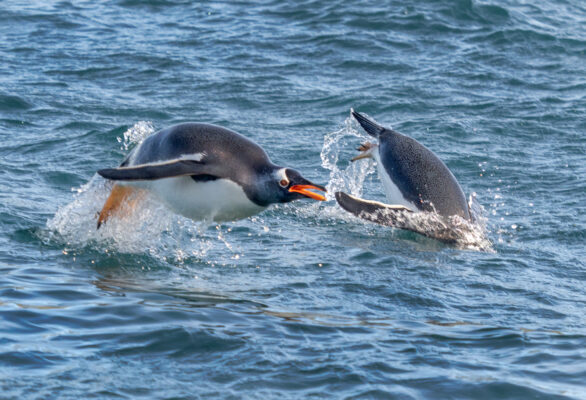
Olympus E-M1X M.Zuiko 40-150mm f2.8 w/MC-20
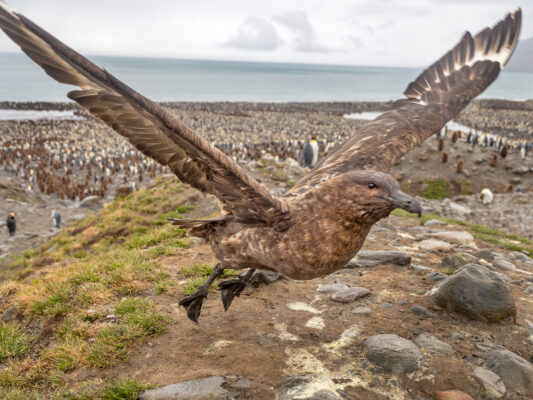
Olympus E-M1 MkIII M.Zuiko 8-25mm f4
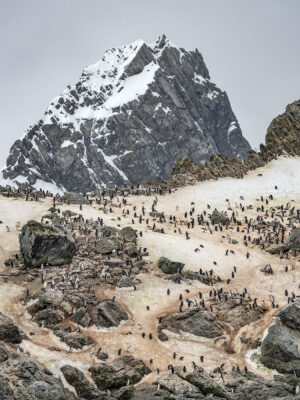
Olympus E-M1X M.Zuiko 40-150mm f2.8
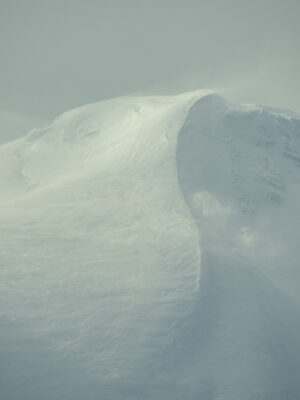
Olympus E-M1X M.Zuiko 150-400mm f4.5
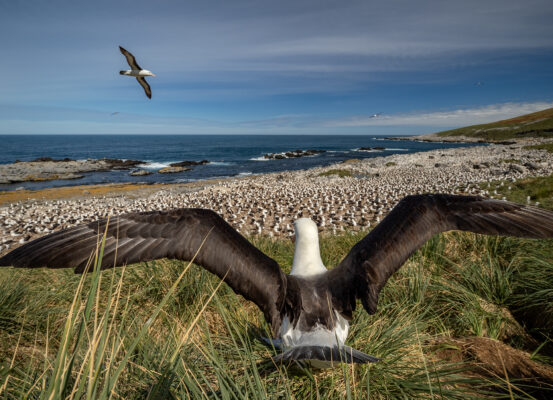
Olympus E-M1 MkIII M.Zuiko 8-25mm f4
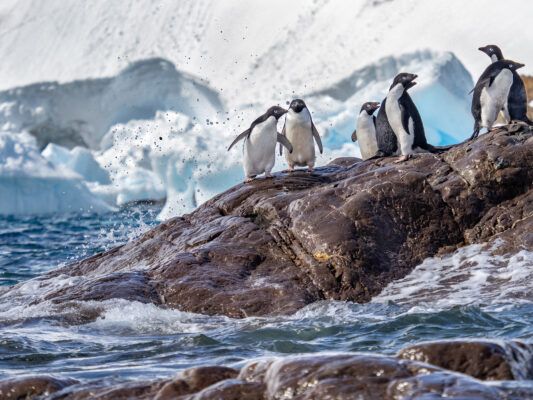
Olympus E-M1X M.Zuiko 150-400mm f4.5
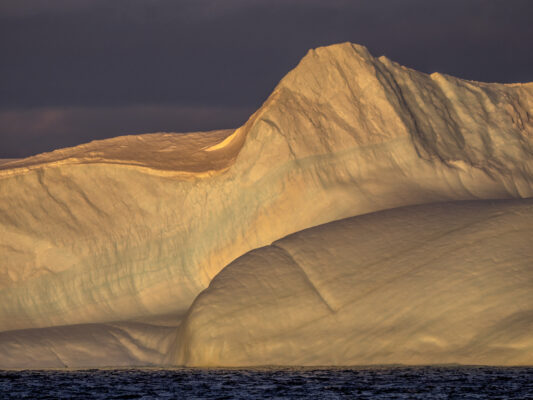
Olympus E-M1X M.Zuiko 150-400mm f4.5
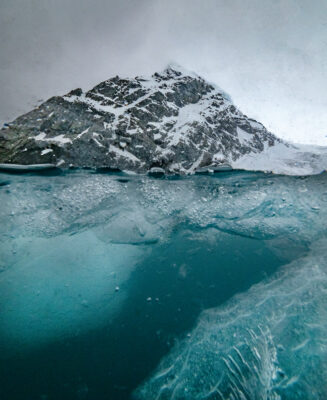
Olympus E-M1 MkII M.Zuiko 7-14mm f2.8 Olympus underwater housing
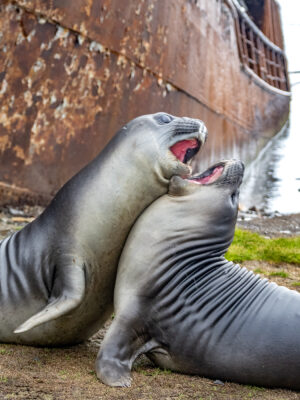
Olympus E-M1 MkIII M.Zuiko 12-100mm f4
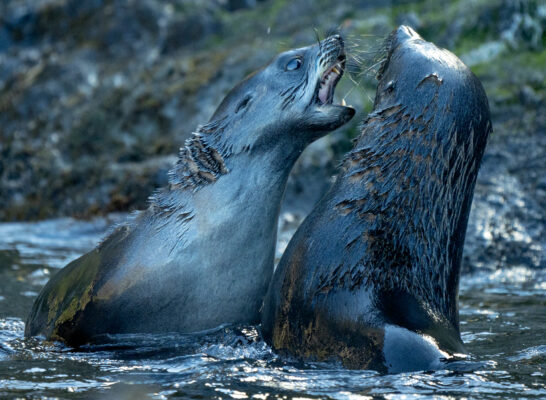
Olympus E-M1X M.Zuiko 150-400mm f4.5
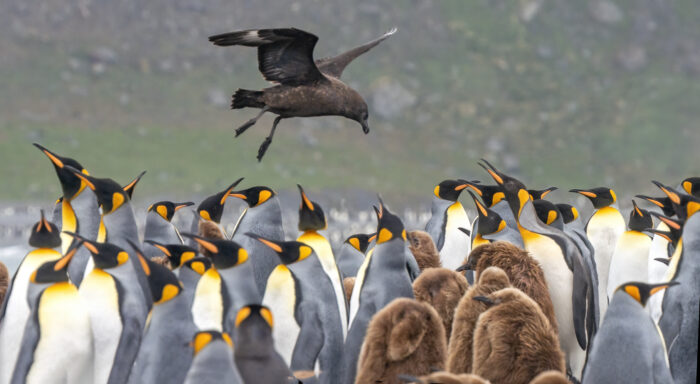
Olympus E-M1X M.Zuiko 150-400mm f4.5



